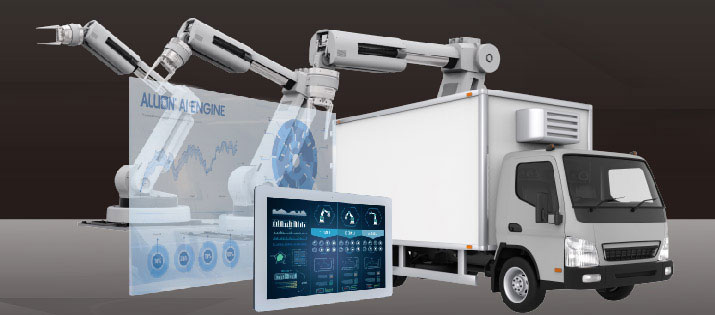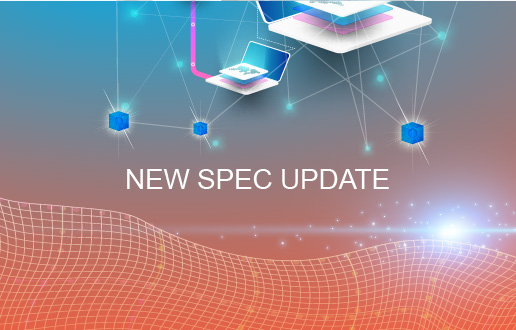Video Electronics Standard Association; VESA has released the DisplayPort High Bit Rate 3 ( or DisplayPort 1.4 ) early certification program in January 2017. Authorizing Allion to provide DisplayPort 1.4 Certification and testing service; as an ATL for VESA, Allion will introduce the specifications and details of DisplayPort 1.4 Certification and testing service.
DisplayPort 1.4
DisplayPort 1.4 ( or in short DP 1.4 ) would be the latest specification presented from VESA, compared with DP1.2 the new DP1.4 incorporates the Display Stream Compression; DSC function. Hence, with a high compression rate of 3:1, it is able to support a higher resolution and refresh rate under the same bandwidth. Besides DSC, DP 1.4 includes Forward Error Correction, HDR meta transport in this new update. Therefore, allowing for better performance in video output.
The following table would shed light to the difference between DP 1.2 and DP 1.4. Compared with 1.2, DP 1.4 is capable of transferring better resolution, vivid color and higher Dynamic Contrast Ratio. In a corresponding move the HDMI Forum has also released an updated spec the HDMI 2.1. On the surface HDMI 2.1 may seem to outperform DP 1.4, yet after observing closely at the silver lining we find the specifics of the new update would only be made clear in Q2 & Q3 of this year and the actual update would be released at the end of this year; therefore, this table can only act as a reference.
DisplayPort Compliance Test
At this point Compliance Tests Specification set by the forum have skipped DP 1.3 and leaped from DP 1.2 to DP 1.4, because DisplayPort uses data packaging to transmit video and audio interfaces, thus allowing for the addition of new functions and at the same time maintaining good downward compatibility, thus providers need not worry about compatibility.
DisplayPort Alt Mode
Besides DP and Mini-DP interfaces, DP technology can be utilized on USB Type-C interfaces, meaning DP Alt Mode Over Type-C technology would have the capability to transmit various interfaces, such as high definition images, USB data and power; besides USB Type-C to Type-C interface Type-C to DP/HDMI/VFA/DVI dongles may also be utilized for DP transmission. (Figure 1)
The HDMI Forum on the other hand announced last September HDMI Alt Mode; which only requires one USB Type-C to HDMI transfer dongle ( the source end was An USB Type-C device; Sinking with a HDMI), transferring HDMI signal does not require any complicated File Transfer Protocol, dongle or transfer device (As seen in the following example 2). HDMI Alt Mode supports HDMI 1.4b, for example 4K, ARC, 3D, HDMI and CEC.
Figure 2: Type-C to HDMI dongle/cable (sourced from HDMI forum)
Yet compared with DP Alt Mode, HDMI Alt Mode functions are more straight forward, focusing on video transmission; DP Alt Modes’ functions are more versatile (Please refer to table 2 DP Alt Mode and HDMI Alt Mode)
DP Alt Mode provides flexibility and functionality ( Figure 3), however due to the complexity of designing the product, problems with File Transfer Protocol may cause compatibility between products; therefore, manufactures should pay extra attention to this issue. Allion has hundreds of USB Type-C related equipment including cell phones, laptops, dongles and numerus other devices available on the market. Making it possible to support all your compatibility requirements and locating underlying issues to aid and assist in possible solutions to various issues.
The latest DP 1.4 early product certification and certification plans have officially begun, Allion can provide all DP related certification and technical consultation support; for any DisplayPort related issues or if you wish to understand more about the differences between DP 1.2 or DP 1.4 testing, please contact Allion at: service@allion.com





































